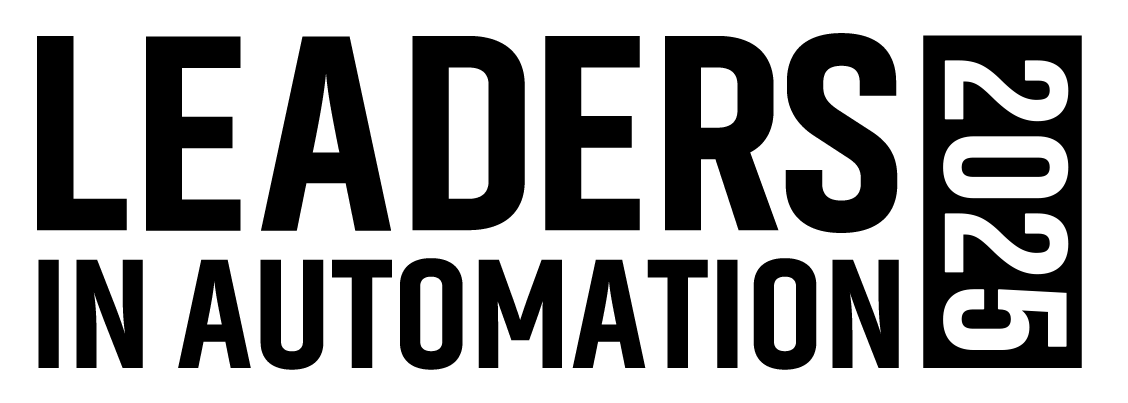1. Identify necessary datasets. Using the requirements of the selected analytics platform, identify the most important process parameters, quality attributes, KPIs and event data that describe the targeted problem. These datasets are prioritized for their impact on modeling accuracy and must be in a form, at a resolution and with enough context that the analytics platform can run calculations effectively and present the results in a meaningful way.
2. Evaluate data accessibility. Assess the targeted machines to confirm that their sensors and instrumentation are producing the necessary data. Review the control systems (PLCs, DCS, SCADA) to verify that this data is being collected and can be accessed. Check if other systems including historians, MES and ERP already store the relevant datasets. Identify any protocol limitations, driver gaps, licensing restrictions on tag counts or network bandwidth/security weaknesses that could affect reliable data transfer to the cloud.
3. Remediate data gaps. Resolve issues that block the flow of necessary data to the analytics platform. This may include upgrading obsolete PLCs or outfitting them with gateways to extract needed data. OT network improvements may be required to increase bandwidth or improve security.
4. Set up data aggregation or a unified namespace (UNS). Establish a single point where all data is collected and made available to the analytics platform. For smaller systems, a data aggregation server (e.g., Inductive Automation’s Ignition or Rockwell Automation’s FactoryTalk Optix) is often sufficient. For larger systems with multiple applications sharing information, setting up a unified namespace (UNS) simplifies integration since it allows each application to connect to a single authoritative data source. This architecture reduces system connections, minimizes open firewall ports, simplifies scaling and reduces protocol conversions.
5. Establish secure network access. Configure the OT network so that data flows reliably and securely from the plant systems to the aggregation point or UNS, through an edge device and ultimately to the cloud-based analytics platform. Ensure the path is protected from unauthorized access while maintaining uninterrupted streaming. For additional best practices on secure IT/OT networking, see the article “Core Architecture Strategies for IT/OT Network Integration”.
6. Deploy and configure the edge device. Deploy the edge device in the demilitarized zone (DMZ) of the network as a secure bridge between the OT network and the cloud-based analytics platform. Connect it to the aggregation point or UNS. Configure it for secure communication and perform any required protocol conversions so the data is in the correct format for the platform. Verify continuous, reliable streaming of all datasets to the platform.
With these six steps completed, the focus shifts towards keeping analytics current and making their insights usable for operators and engineers.
Pradeep Paul is director of manufacturing intelligence and advanced services at E Tech Group. E Tech Group is a certified member of the Control System Integrators Association (CSIA). For more information about E Technologies Group, visit E Tech Group on the Industrial Automation Exchange.

